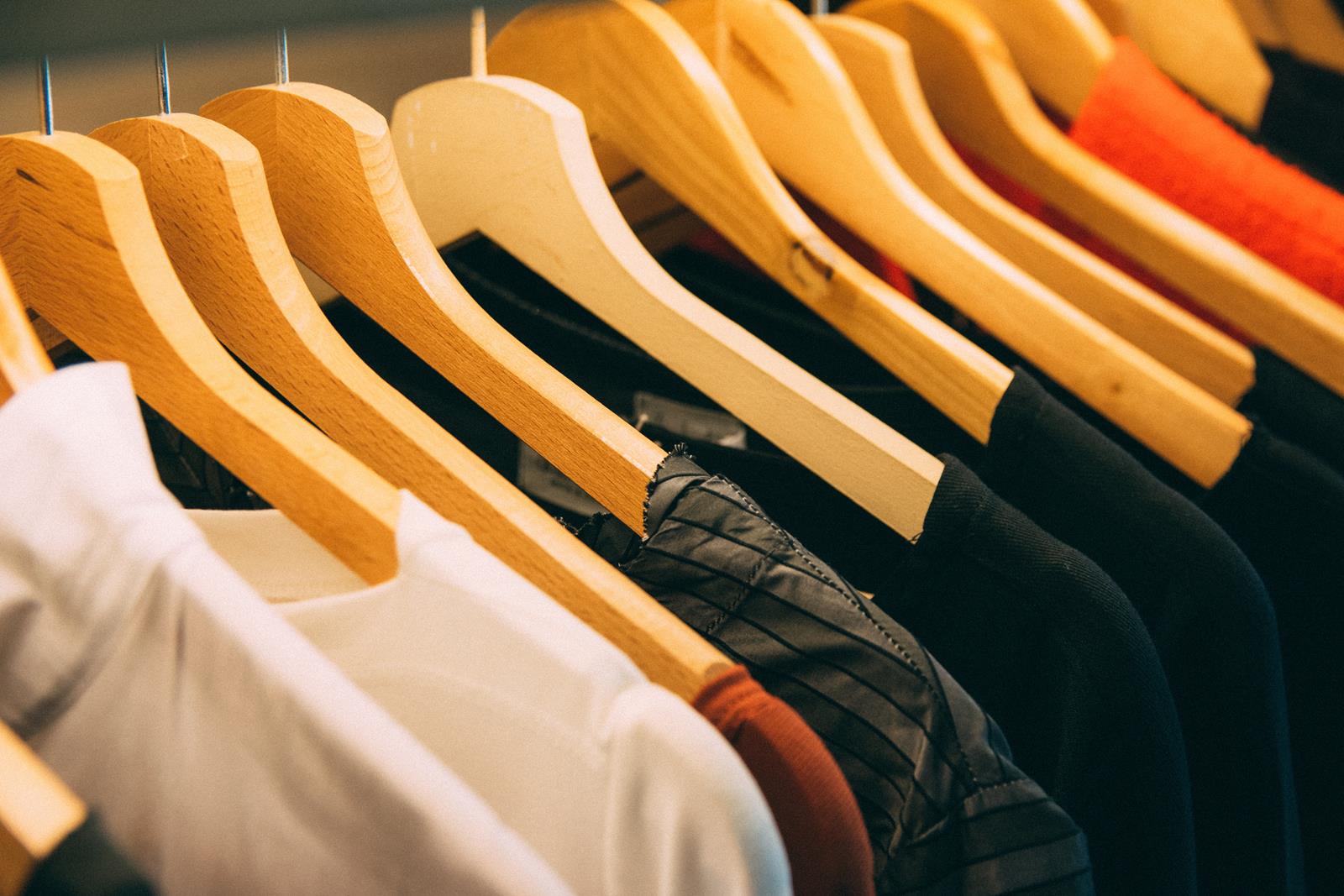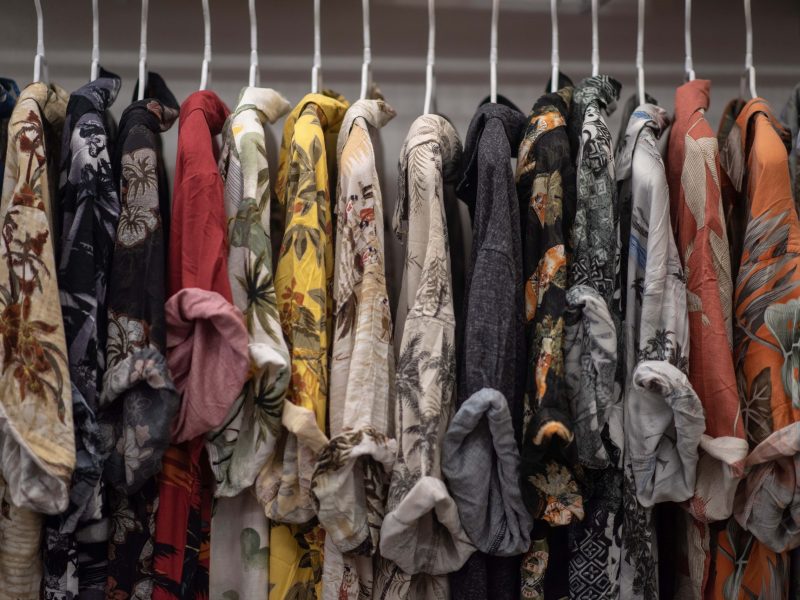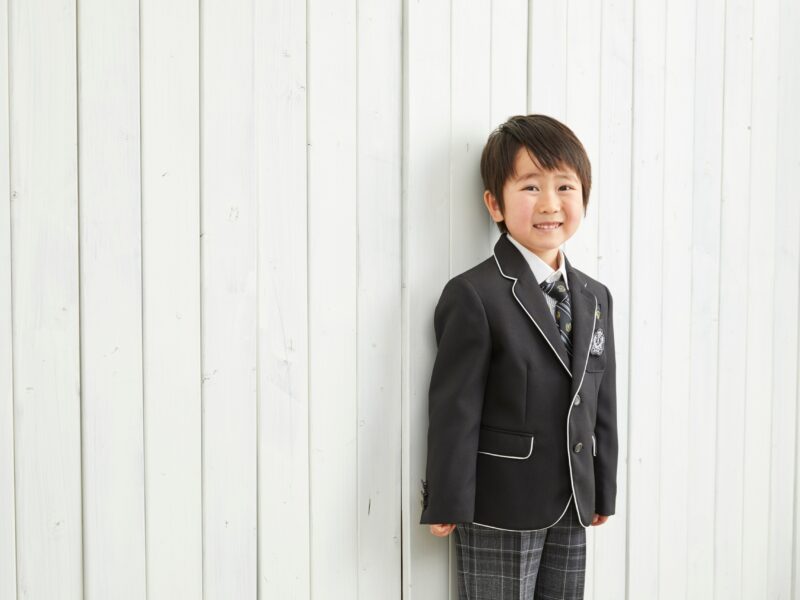Not only do patterns change the fashion world, but the fabrics that make those patterns come to life also do. Clothes look, feel, and work based on their fabrics, which include natural fibres that have been used for hundreds of years and new synthetic blends made in the last few decades. Individuals who want to make better choices when they shop for clothes need to know about the different types of fabric as well. The fabrics used in clothes affect how comfortable they are, how long they last, how environmentally friendly they are, and even how they look. It can help someone make better decisions about what to wear in the summer, for a fancy night out, or for everyday use if they know how fabrics act. It gives people the confidence to shop, choose clothes that fit their ideals and way of life, even when fashion changes. Knowing about the different types of fabrics makes this possible.
Natural Fabrics and Their Enduring Appeal
Since a very long time ago, clothes have been made from cotton, silk, wool, and flax. A lot of people still like cotton because it is soft, can be worn in many ways, and lets air pass through it. Everyday and dressy clothes alike need to have it. Linen is very famous in hot places because it keeps people cool because it is light and airy.
Silk, on the other hand, has always been associated with style and money. It’s smooth and shiny, which makes people love it for high-end fashion and formal wear. Wool is strong and keeps you warm. Some types, like cashmere and merino, are particularly soft and warm. These textiles endure a long time because they look and feel excellent. This shows that natural fibres are still extremely valuable for manufacturing garments today.
The Rise of Synthetic Fabrics
Even if natural materials are still the most popular, synthetic materials are quite fashionable right now in the fashion industry. Chemicals are employed in complicated ways to manufacture materials like acrylic, nylon, and polyester. This provides them qualities that most natural materials don’t have. It’s a fantastic option for daily use since it doesn’t stretch and is easy to clean, much like rayon.
Nylon transformed the way commerce was done since it was strong and light. You may typically find it in garments, pants, and outdoor gear. Instead of wool, acrylic is widely used in winter garments because it keeps you warm. Brands can manufacture clothing that are simple for everyone to buy and perform their job well since these synthetic textiles are inexpensive and functional. Over time, better synthetics have gotten softer and easier to wear. It’s hard to detect the difference between synthetics and natural fabrics in certain garments.
Blended Fabrics and Their Advantages
Mixing man-made and natural threads is a frequent practice since it improves both kinds of fabric. A blend of cotton and polyester keeps the fabric soft while making it stronger and less prone to wrinkle. Wool blends also commonly have synthetic threads added to them to make them more flexible and simpler to care for.
There are various methods to employ mixed materials as well. People typically blend textiles that allow air circulate, garments move, and perspiration leave the body to form sportswear. People who work in fashion design garments that are comfortable, functional, and stylish for today’s lifestyles. They achieve this by gently mixing the threads together. People may have the best of both worlds when they utilise mixed fabrics. They can get the appearance and functionality of multiple threads without having to choose just one.
Sustainable Fabrics in a Changing World
Sustainability is a significant topic in design these days, and materials are a big part of it. More and more people are choosing organic cotton, bamboo fibres, hemp, and recycled polyester as eco-friendly alternatives to regular materials. These things are still good and easy to use, but they don’t hurt the world as much.
For instance, chemicals that are hazardous for the planet are not utilised to cultivate organic cotton. This helps farmers grow better. Banana fabric is an excellent choice for apparel and home decor since it is soft, light, and naturally antifungal. Recycled polyester turns objects like plastic bottles into new goods. This keeps us from producing rubbish and new materials that we don’t need. Eco-friendly materials are altering the way garments are created and enabling customers purchase products that are better for them as more people learn about them.
How Fabric Impacts Comfort and Style
The kind of fabric used to produce garments has a direct influence on how they feel and operate. For summer, clothes made of cotton and linen that allow air through are preferable. In the winter, it’s ideal to wear things that keep you warm, like wool and fur. The way the cloth flows is another factor that influences how it looks. Denim provides garments form and strength, while silk and satin make them seem nice.
Comfort isn’t only about how clothing feel on you; it’s also about how long they last and how easy they are to clean. Polyester can be laundered in a machine, which is great for folks who are often on the move. Silk looks and feels more costly, but it takes more care. People can choose garments that look well, fit well, and make them feel good if they know how materials function.
Fabrics and Fashion Innovation
Technology has made it feasible to make materials in new ways, which gives the apparel company additional choices. Smart textiles are new and cutting-edge materials. They can keep you warm and dry, or even check on your health. Stretchy fabrics that make it simpler to move have revolutionised both regular garments and sports apparel.
Digital knitting and painting on fabric have also changed how things are manufactured and how they are ordered. These new concepts help you adjust things and save time, so materials can now fulfil a number of various client needs. There will be more types of fabric than there are today as technology grows better. It will transform how people make and wear clothing.
Conclusion
The garments business is what the design industry is all about. They affect how something appears, how long it lasts, how simple it is to use, and how strong it is. Cotton, silk, and wool are all natural materials that will always look excellent. Mixed and synthetic textiles, on the other hand, are cheaper and may be utilised for more items. People are becoming more careful about what they purchase as the demand for eco-friendly textiles develops. At the same time, new tools are making it feasible to utilise things in different ways. People may choose garments that match their values and way of life better if they know about the many kinds of textiles. Even if trends vary, materials will always link the past, present, and future. Because of this, garments will be functional and unique for a long time.


